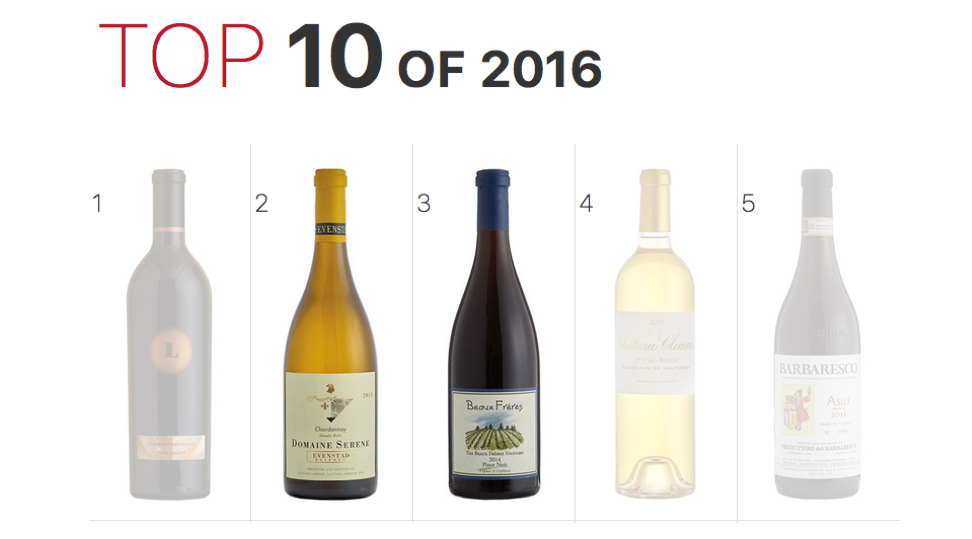Oregon’s wine industry may have been built on a foundation of Pinot noir, but it’s hardly the state’s only great grape
Chardonnay, a Burgundy staple like Pinot, has made gigantic strides since it was first planted in the Umpqua Valley in 1961. It is now the third-most planted variety in the state, has enjoyed double-digit acreage growth in the past few years, and is on the lips and minds of winemakers and drinkers from the Columbia Gorge down to the Rogue Valley. With that quantity has come quality: a Domaine Serene Chard was named the No. 2 wine in the world by Wine Spectator in 2016.

So why does the local Chardonnay feel so underreported, even underappreciated? Local winemakers offer divergent views: some think vines imported from nurseries in California in the ’60s and ’70s didn’t quite flourish here; others point to vineyard techniques and winemaking style. (Oaky, buttery Chardonnay churned out en masse in California probably didn’t create a lot of eager fans, either.)
But winemakers like Josh Bergström of Bergström Wines in Newberg are certain about what local growers got right: “The day we decided to make Oregon Chardonnay—and not copy Burgundy—was a day that should be put into the history books,” he says. “Oregon Chardonnay leads with acidity and is balanced with succulence and texture; this balance is our hallmark.”
It’s an equilibrium that starts with a confluence of the state’s soils, long growing season, and cooler climate, explains Marcus Goodfellow, winemaker at Goodfellow Family Cellars in McMinnville. “In most years, the fruit ripens with a balance of juicy, seductive richness built on a framework of acid,” he says. This acidity—versus that infamous butterball mouthfeel—is the key to what makes Oregon Chardonnay so compelling, not to mention great for food pairing.

And, as Doug Tunnell of Brick House Vineyard explains, it’s a flavor profile that can only happen here. “The principal difference [between Oregon and Burgundy Chardonnay] isn’t found in our wineries, and it’s not in our equipment or our fermentation protocols,” he says. “It’s the fact that we are growing fruit in the soils and the microbial environments of the Willamette Valley and not Burgundy.” Tunnell and many other Oregon winemakers are thus destined to make not simply “Oregon” Chardonnay but “Willamette Valley” Chardonnay—or “Ribbon Ridge,” “Columbia Gorge,” or “Rogue Valley” Chardonnay. Each area has its own geographic footprint that influences the flavors and aromas of wines grown there, producing Chardonnays that are true to each farm and terroir—truly Oregonian, in other words.
While the Golden Age of Oregon Chardonnay may have begun, Tunnell says the best is yet to come, noting that the grapes will continue to evolve when his grandchildren, and their children, are growing wine in Oregon. “We’ll get there,” he says. “But like all things in wine, it takes time.” Considering the recent accolades, it’s already a good time to experience the maturity of Oregon Chardonnay— to savor what it is now and anticipate what it may become.



